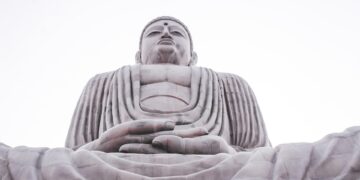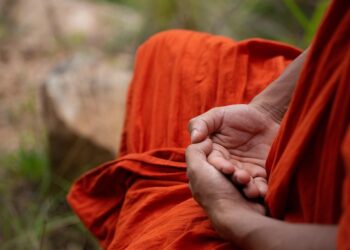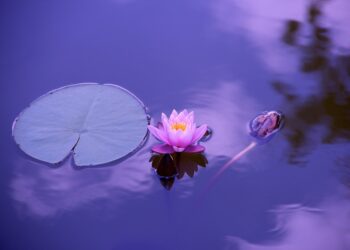Unlocking Inner Peace: The Power of Pranayama Breathing Techniques
Inner peace is something that many people strive for in today’s fast-paced world. With the constant distractions and stresses of daily life, finding inner peace can feel like an elusive goal. However, one powerful tool that can help you achieve inner peace is the practice of pranayama breathing techniques.
What is Pranayama?
Pranayama is a Sanskrit word that translates to “extension of the life force” or “breath control.” It is a practice of controlling the breath to enhance physical, mental, and emotional well-being. Pranayama is an integral part of yoga, but it can also be practiced on its own as a powerful tool for stress reduction and relaxation.
How Does Pranayama Work?
Pranayama works by regulating the breath, which in turn calms the mind and relaxes the nervous system. When we are stressed or anxious, our breath becomes shallow and rapid, signaling to our body that we are in a state of fight or flight. By consciously controlling the breath through pranayama techniques, we can activate the parasympathetic nervous system, which is responsible for rest and relaxation.
Benefits of Pranayama Breathing Techniques
There are numerous benefits to practicing pranayama breathing techniques, including:
- Reduced stress and anxiety
- Improved concentration and focus
- Enhanced relaxation and mental clarity
- Increased energy and vitality
Types of Pranayama Techniques
There are many different pranayama techniques that can be practiced depending on your goals and needs. Some common pranayama techniques include:
- Ujjayi Breathing: Also known as “ocean breath,” ujjayi breathing involves constricting the back of the throat to create a soft, whispering sound with each inhale and exhale. This technique is great for calming the mind and soothing the nervous system.
- Kapalabhati Breathing: Kapalabhati breathing involves rapid, forceful exhalations followed by passive inhalations. This technique is energizing and invigorating, helping to increase mental alertness and focus.
- Nadi Shodhana: Also known as “alternate nostril breathing,” nadi shodhana involves breathing through one nostril at a time while blocking the other nostril with the thumb. This technique helps to balance the right and left hemispheres of the brain, promoting a sense of harmony and balance.
How to Practice Pranayama
Practicing pranayama is simple and can be done anywhere, at any time. To begin, find a comfortable seated position with your spine straight and shoulders relaxed. Close your eyes and take a few deep breaths to settle into your body.
Choose a pranayama technique that resonates with you and begin to practice it for a few minutes each day. Start with a slow, steady pace and gradually increase the duration as you become more comfortable with the practice.
Remember to listen to your body and never force the breath. If you feel lightheaded or dizzy, take a break and return to normal breathing until you feel ready to continue.
Common Questions About Pranayama
Is Pranayama Safe for Everyone?
Pranayama is generally safe for most people, but it is always best to consult with a healthcare professional before beginning any new practice, especially if you have a pre-existing medical condition.
How Often Should I Practice Pranayama?
You can practice pranayama as often as you like, but starting with a few minutes each day is a good way to build a consistent practice. As you become more comfortable with the techniques, you can gradually increase the duration and frequency of your practice.
Can Pranayama Help with Insomnia?
Pranayama can be a helpful tool for managing insomnia and promoting better sleep. Techniques like ujjayi breathing and nadi shodhana can help calm the mind and relax the body, making it easier to fall asleep and stay asleep throughout the night.
Conclusion
Pranayama breathing techniques are a powerful tool for unlocking inner peace and promoting overall well-being. By incorporating pranayama into your daily routine, you can reduce stress, improve concentration, and enhance relaxation. Whether you are new to pranayama or an experienced practitioner, there is a technique that can help you achieve a greater sense of inner peace and harmony.
Take the time to explore different pranayama techniques and find one that resonates with you. Practice regularly and with intention, and you will begin to experience the transformative power of pranayama breathing techniques in your life.





































































